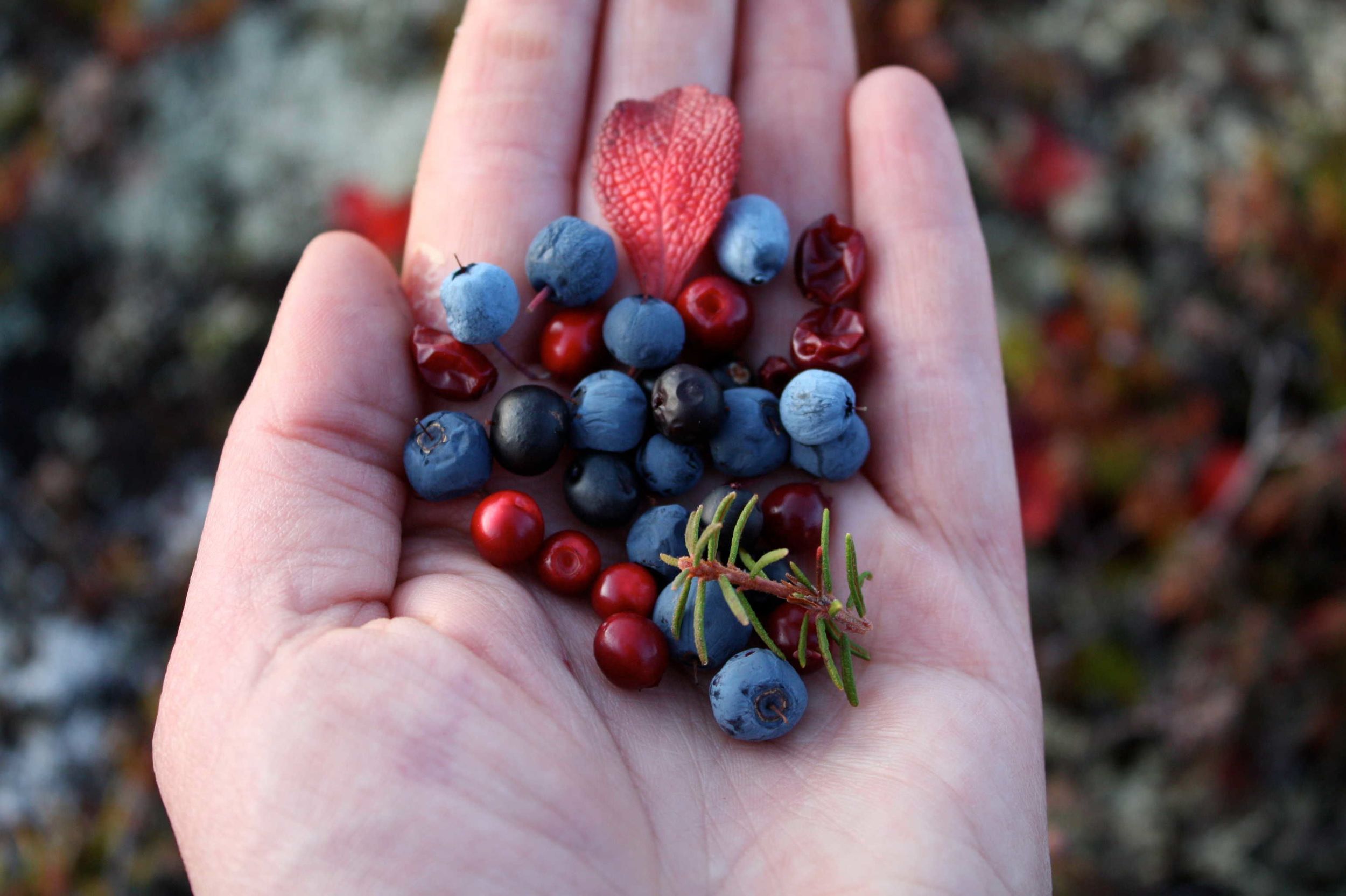Outcomes
What does Food Security look like at the Family, Community and Territorial levels?
Participants during Day 1 of the Roundtable (May 18th) were asked to answer three questions: "What does food security look like for me and my family; my community; and my territory?" Individual answers were compiled and synthesized into a shared vision statement and 15 priorities and values of a food secure territory (reported elsewhere); each table discussed and compiled their answers more broadly and then reported back to the larger group. The following list contains the results from that report.
FAMILY
- Family’s have a plan to produce or have local network supply of produce and local meat
- Eating local, affordable, fresh [good/nutritious] food year-round (i.e. access to producers and enough food; choice in what foods to eat)
- Families have traditional food in the freezer
- Knowledge – budgeting, using coupons, how to cook, compost and regain old knowledge
- Less travel time to access food (more local stores; get a greenhouse going, fill cold storage and food swap for wild meats; supporting farms close to where I live; and utilizing rideshares) and find/make more time to produce, work, network and farm (*particularly important for outlying communities)
- Being educated and employed
- Affordability (fresh fruits and vegetables at reasonable price)
- Home gardens/greenhouses; harvest own land
- Teaching and learning with/from Elders and others (wild meat, medicines, farming techniques)
- Reduce food waste
- Homemade food - easy access to healthy meal ideas; allotment of time for meal planning
- Family – more time together (growing, eating, food prep and preservation, doing things as a family)
- Children - kids involved at a young age (build confidence); farm succession (children identify as growers and productive gardeners)
- Being more self-sufficient (i.e. growing/gathering; storing and preserving)
COMMUNITY
- Public education *barrier-free (raising awareness of the public, workshops to enhance skills to enable food production (canning/cooking/etc.), school-based programs and curriculums)
- Enough food for everyone (zero hunger) and low barriers to access (no stigma to ask for help); no homelessness
- Community understanding about what food security means
- First Nation traditional model
- Strong community food system - including:
- public spaces to grow, cook and preserve food and share skills/knowledge: community gardens/kitchens (indoor and outdoor); tool sharing library; working farm within community, residential community farms (food for community; land in common; more land available to those without);
- cooperative food network to develop food security hub;
- moving from food bank to food hub;
- sharing resources/knowledge/food;
- eating locally produced and preserved foods
- Emergency food plan (community food caches and sharing economy)
- Positive social engagement; vibrant community; festivals
- More land for agriculture and less reliance on Big Food businesses
- Reduce waste (closed loop where stores give away food to those who have use for it; increase composting and recycling; and identify where general waste needs are) and smaller footprints (land/housing)
- Buy-in at all levels (re. importance of food security)
"FOOD SECURITY MEANS YOU CAN ADDRESS OTHER ISSUES LIKE MENTAL HEALTH, LEISURE, ETC."
TERRITORY
- Communication network and Inter-jurisdictional cooperation – between territorial governments, First Nations governments, community groups, and residents
- Enough food for everyone
- No homelessness
- Sharing (of food, land, knowledge and resources) – agencies go to communities to talk about nutrition and personal health
- Knowledge - place-based, real info and advice, relevant to community; awareness on food content and origin
- Sustainable agricultural practices
- Local (power sources, growing/eating economy and community food)
- Smaller footprint (urban sprawl)
- Protection of land and water - agricultural land reserve reviewed
- Using space more efficiently – schools, churches, pool resources, open access to cooking/growing/eating spaces
- Valuing natural food resources
- Safe and healthy society - sustainability, innovation, education and emergency food crisis/disaster plan
- Experimenting to extend growing season; pilot programs for adapting to climate change; crop variety testing
- Nutrition/food for schools; food production and First Nations traditional model
- Warehousing and rotation program; with widespread public knowledge of and access
- Reduction of health care costs
- Policy to support local food system (Food Charter; streamline regulatory practices; food policy committee)
- Funding, policy and program support informed by good data collection
- Infrastructure (community gardens, freezers and other storage) - accessible to all in times of need (*power outages for example)




